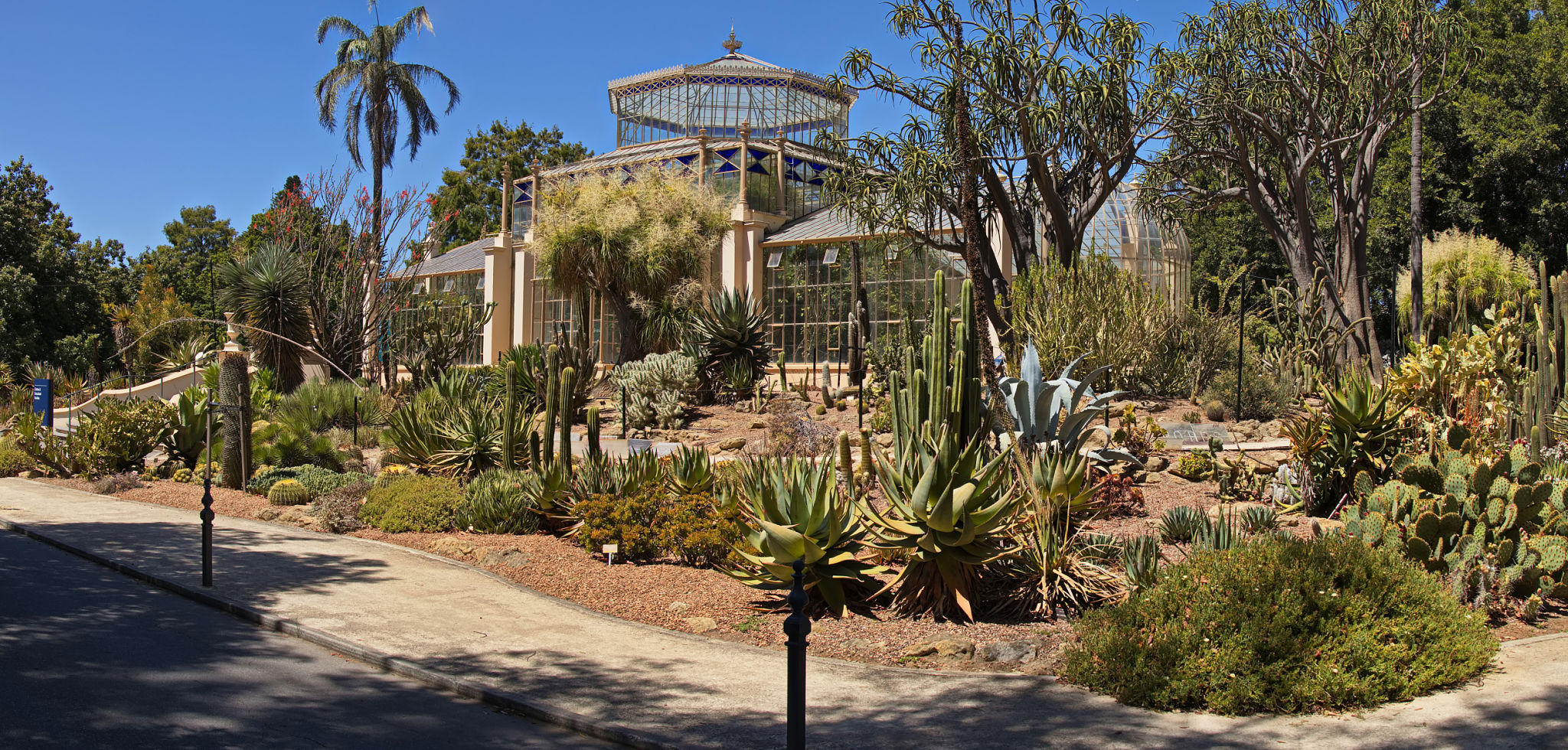How to Prepare Your Garden for Summer in South Australia
Understanding the South Australian Climate
Preparing your garden for the summer months in South Australia requires an understanding of the region's unique climate. Characterized by hot, dry summers and mild, wet winters, South Australia's weather patterns significantly influence gardening practices. During summer, temperatures can soar, leading to increased evaporation and potential drought conditions. It's crucial to adapt your gardening techniques to ensure your plants thrive.

Selecting the Right Plants
Choosing the appropriate plants is essential for a successful summer garden. Opt for drought-tolerant species that can withstand the sweltering heat and limited water supply. Natives such as Kangaroo Paw, Bottlebrush, and Grevillea are perfect choices, as they are well adapted to local conditions. Additionally, Mediterranean herbs like rosemary and lavender thrive in similar climates.
Soil Preparation and Mulching
Healthy soil is the foundation of any thriving garden. Before planting, enrich your soil with organic matter such as compost or well-rotted manure to improve its nutrient content and water retention capacity. Mulching is equally vital; it helps retain soil moisture, reduces weed growth, and keeps the soil temperature stable. Use organic mulches like straw or bark to cover your garden beds.

Watering Wisely
Water conservation is critical during South Australian summers. To make the most of your water resources, consider installing a drip irrigation system. This method delivers water directly to the plant roots, significantly reducing evaporation compared to traditional watering techniques. Water your garden early in the morning or late in the evening when temperatures are cooler to minimize water loss.
Implementing Shade Solutions
Providing adequate shade can be a lifesaver for your plants during scorching days. Use shade cloths or plant taller species strategically to offer natural shade for more vulnerable plants. This can help prevent sunburn and reduce water stress. If possible, situate your garden in an area that receives partial shade during the hottest part of the day.

Pest and Disease Management
The warm weather can also bring about an increase in pest activity. Regularly inspect your plants for signs of pests such as aphids or caterpillars, and take action promptly. Encouraging natural predators like ladybirds and using organic pesticides can help keep pest populations under control. Likewise, maintaining good air circulation around plants can prevent fungal diseases.
Preparing Your Lawn
Your lawn requires special attention as summer approaches. Aerate the soil to improve water penetration and reduce compaction. Mow regularly, but avoid cutting the grass too short; longer grass blades provide shade for the roots and reduce evaporation. Consider leaving grass clippings on the lawn as they decompose, providing essential nutrients back into the soil.
Embracing Sustainable Practices
Finally, adopting sustainable gardening practices can enhance your garden's resilience and reduce environmental impact. Collect rainwater in tanks for irrigation purposes, and consider creating a compost heap to recycle garden waste into nutrient-rich fertilizer. By integrating these practices into your gardening routine, you will not only prepare your garden for summer but also contribute positively to the environment.

